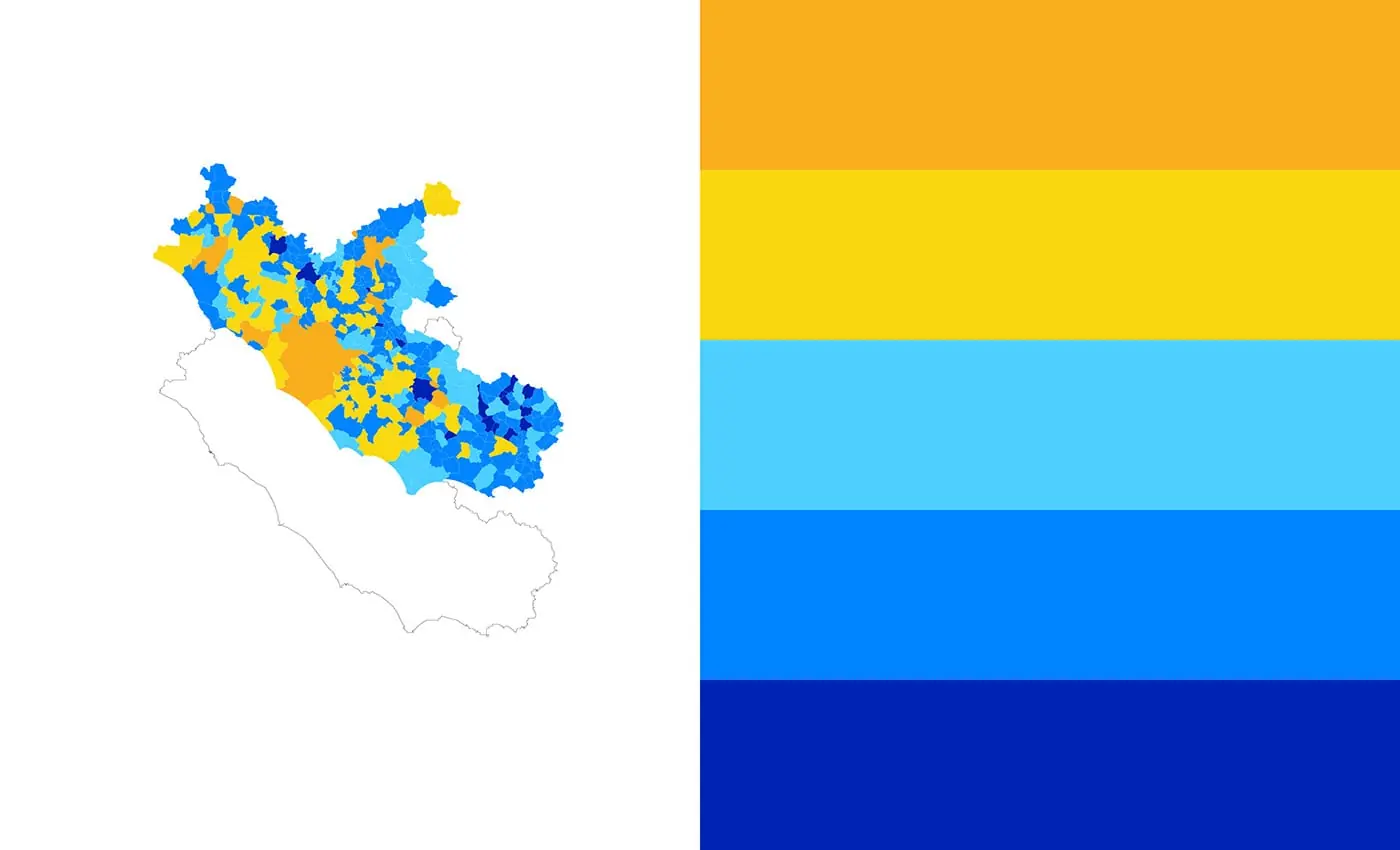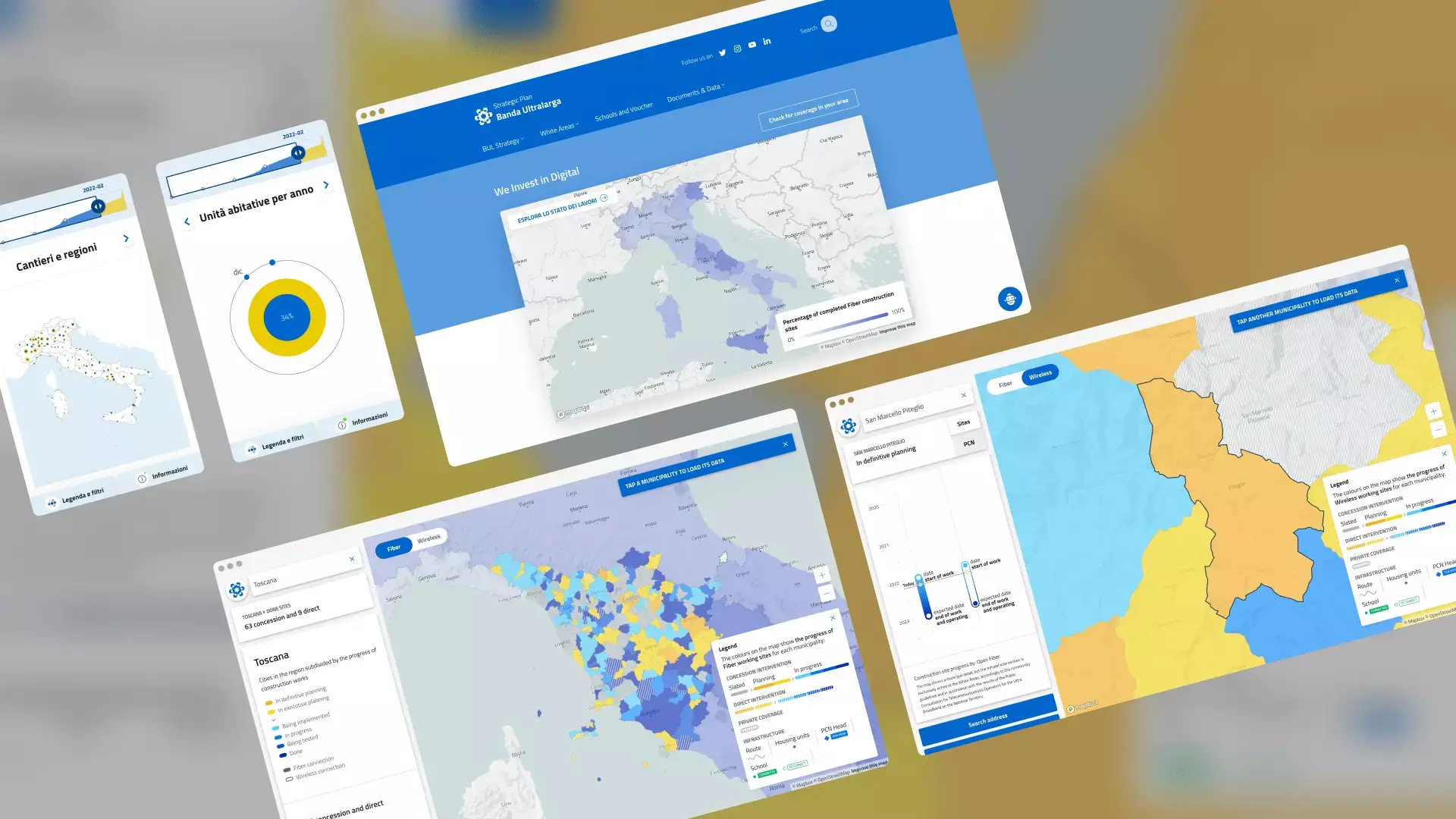While the COVID–19 pandemic halted on–the–ground construction, the building of a platform to provide reliable updates on internet connectivity became more important than ever. Infratel pursued an aggressive launch date: six weeks from kickoff to go–live. The only way for us to meet deadlines would be to collaborate closely, remotely.
Our first task was to check the integrity of the site’s building blocks: data inherited from previous partners. The information was couched in a massive, dense file, and parsing it became a joint effort with Infratel’s Engineering and Data Integration department. We worked together to discern content that would help create a better, more meaningful experience for users. While Infratel’s analysts gathered missing figures, our developers built the website’s foundation with deputy placeholders. Meanwhile, designers worked in lock–step with developers to forecast navigation behavior and design user flows inclusive of every scenario imaginable. Flexibility was key.
Complicating matters, our team was like many others in the spring of 2020: strewn throughout the country. The circumstances may have given designers an extra dose of empathy for end–users, and in any case, it drove the point home that appearance–wise, the new website for BUL would need to accommodate longterm residents of remote regions as well as their new urban transplant neighbors.


